Using the "addition, subtraction, multiplication and division" method skillfully, Yangzhou deeply promotes the construction of "waste-free canals"
The long Grand Canal flows for thousands of years and is a continuous cultural root, a vivid ecological green vein, and a surging economic artery. Jiangsu Province is not only one of the provinces with the longest channel, the most cultural relics, the best preservation and the highest utilization rate of the Grand Canal, but also the Grand Canal in its territory has a total length of 690 kilometers and flows through many cities in the province such as Huai 'an, Yangzhou, Zhenjiang, Changzhou, Wuxi, Suzhou, Suqian, Xuzhou, etc. These cities have developed and prospered due to the canal. The Grand Canal has left a unique landscape in Jiangsu full of Jiangsu regional characteristics. Culture.
In recent years, Jiangsu has moved towards water and green, giving the Millennium Canal a new opportunity. In March this year, the Department of Ecology and Environment of Jiangsu Province jointly issued the "Guidance Plan for the Construction of" Waste-Free Canal "in Jiangsu Province (2024-2025)", deploying 6 categories and 24 sub-categories of work tasks.
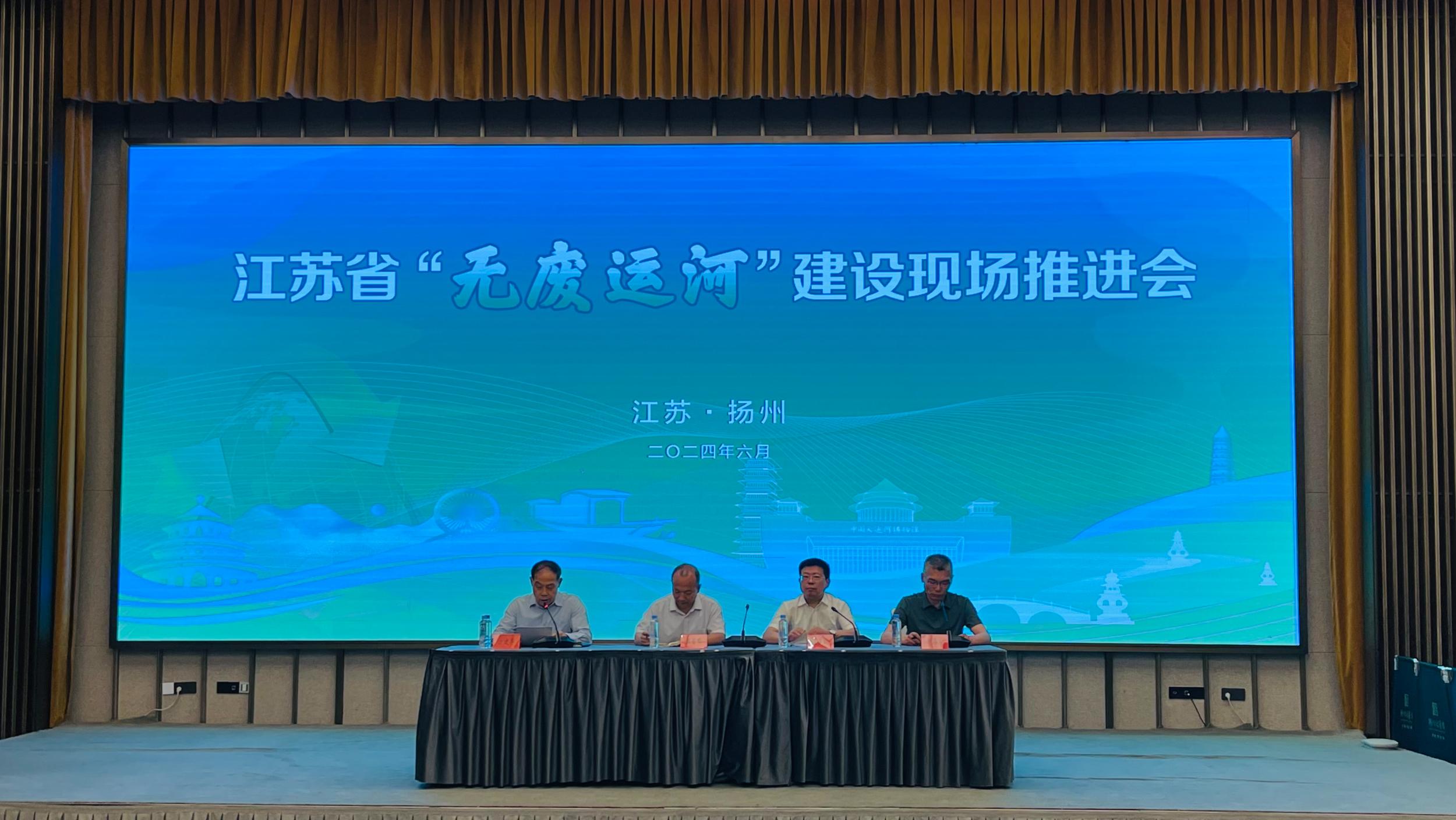
On June 21, the province's on-site promotion meeting for the construction of "waste-free canals" was held in Yangzhou. At the meeting, around the work of green shipping renovation, ecological restoration, canal culture and other aspects, eight cities along the canal exchanged and shared the construction content of "waste-free canals". As the host, Yangzhou City introduced at the meeting its local practice of skillfully using the "addition, subtraction, multiplication and division" method to promote the construction of "waste-free canals."
"Plus": 16 nature reserves were established, and the natural wetland protection rate reached 66.4%
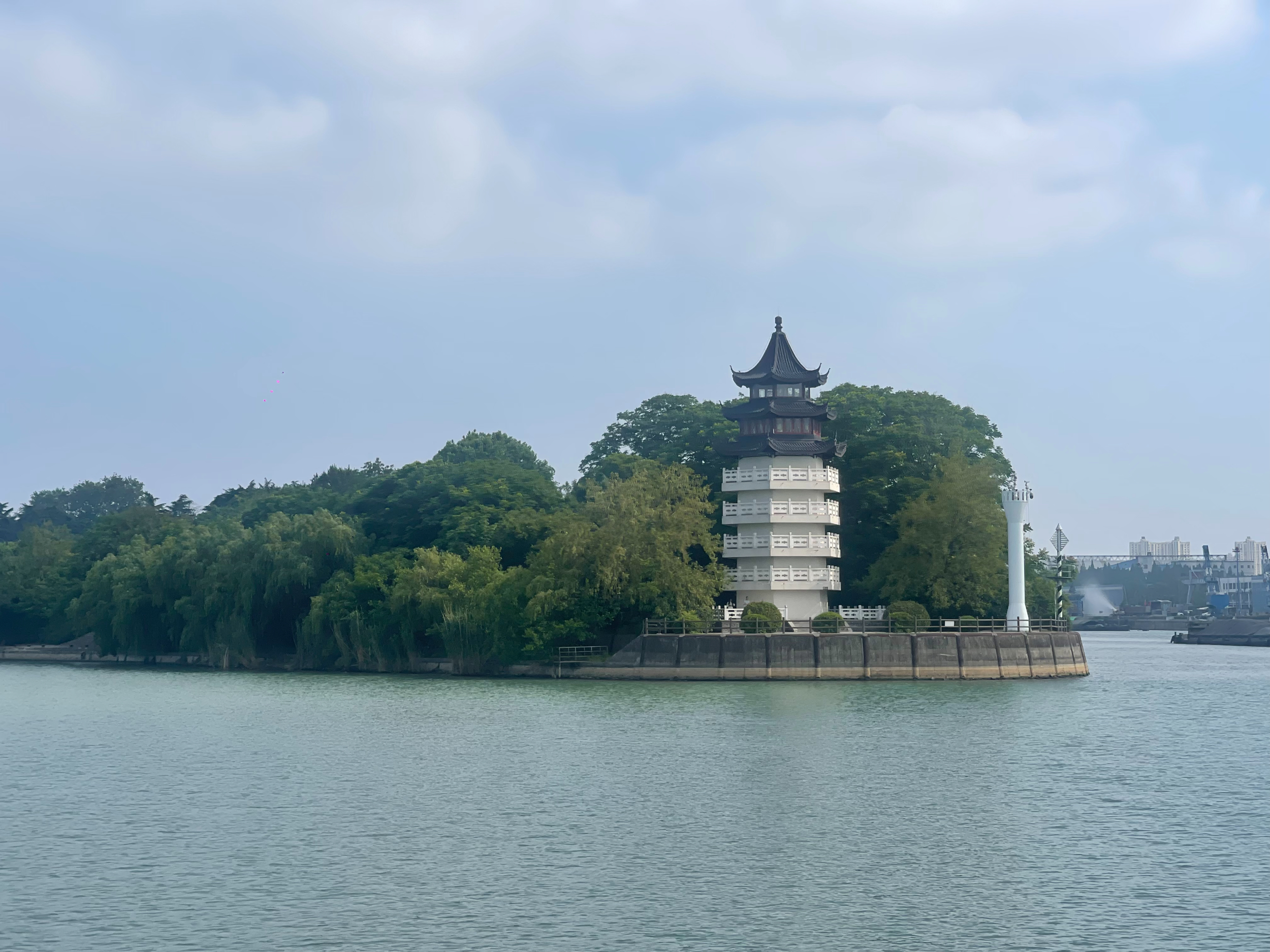
You Yong, director of the Comprehensive Ecological Environment Administrative Law Enforcement Bureau of Yangzhou City, said that in recent years, Yangzhou has continuously strengthened environmental access management. While completing a new round of ecological red line adjustment, it has also done a good job in "adding" the ecological environment, including Fenghuang Island, Sanjiangying, etc. More than 10% of the land area has been included in the national ecological red line, 16 nature reserves have been established, and a series of wetland parks, forest parks, geological parks, etc. have been built. 14 national forest villages and 191 provincial-level green and beautiful villages have been built. The city's forest coverage rate and natural wetland protection rate have reached 24.07% and 66.4% respectively, basically forming a natural ecological pattern in which mountains and rivers depend on each other, fields and forests coexist, and water and green blend.
At the same time, Yangzhou City has compiled and completed the "Detailed Rules for the Control of Land and Space in the Core Monitoring Area of the Yangzhou Section of the Grand Canal" to comprehensively strengthen the use control of the 523-square-kilometer core monitoring area of the Grand Canal, use the "one map" system in land use pre-examination and approval, strictly review and control the nature and scale of new construction projects in the core monitoring area of the Grand Canal, strictly control non-public welfare construction land in the riverside ecological space, and ensure the integrity of the Grand Canal's style.
"Reduction": 63 polluting projects in sensitive areas were vetoed and dismissed
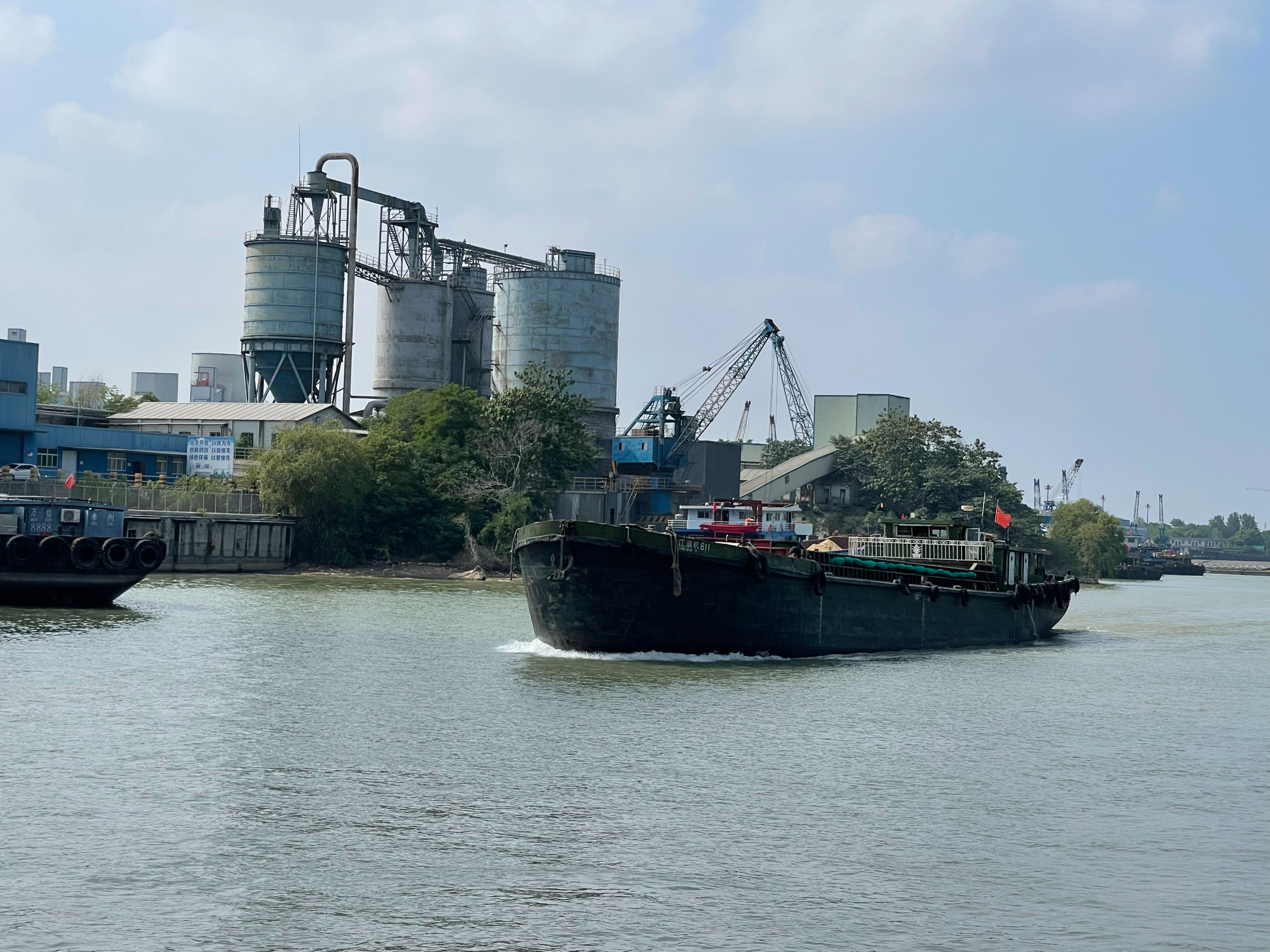
The reporter learned that in order to deepen the "three lines and one order" ecological environment zoning control, Yangzhou City has established positive and negative lists of food industrial parks, Hangji High-tech Zone, Yangzhou Battery Park and other parks, and strictly controlled project environmental impact assessment approval. Since 2022, a total of 63 polluting projects in sensitive areas have been rejected or dismissed.
In the 1980s and 1990s, Sanwan Area was planned as an industrial zone, with more than 80 enterprises gathered. Water quality deteriorated, rivers silted, and garbage was spread everywhere, which was a prominent shortcoming in ecological construction and urban management.
In recent years, Yangzhou City has invested more than 6 billion yuan to relocate enterprises, demolish docks, clean up illegal buildings, farm farmland and restore wetlands, and carry out pollution control in Sanwan Area. Through carrying out river dredging and revetment reconstruction projects on the third bay section of the canal, the wastewater entering the river is reduced by 151680 meters every year.3, reducing emissions of COD by 1202.5 tons, ammonia nitrogen by 135.5 tons, and total phosphorus by 11.9 tons. Reappearing the clear water and green banks of the Three Bay of the Canal, the biodiversity has been significantly enhanced, the quality of the ecological environment has been significantly improved, and the once environmental pain points have transformed into ecological highlights.
In addition, all 39 port companies in Yangzhou have completed the construction of ship pollutant receiving facilities, and the transfer and disposal rate of ship garbage, domestic sewage and oily sewage has reached more than 96%.
"Riding": Build "waste-free cells", reducing carbon emissions by 12,000 tons per year for one cell
In recent years, Yangzhou has built a number of characteristic "waste-free cells" closely related to "waste-free canals". Yangzhou COSCO Shipping Heavy Industry Co., Ltd. is a typical representative. It is not only a leading enterprise in green development, but also a representative of "waste-free factories". The company improves the level of environmental governance by improving governance equipment and facilities and ecological environment intelligent systems; through online energy consumption monitoring and management platforms, energy-saving renovation, waste heat recycling, distributed photovoltaics, energy storage power stations, etc., it reduces carbon emissions by 12,000 tons/year. The comprehensive energy consumption of 10,000 yuan output value is reduced by more than 50%.
The green ship products it produces are also at the leading level in China, with significant carbon reduction effects. The world's first 10,000-ton river-sea direct pure electric power container ship manufactured by the company can save 3900 kilograms of fuel per 100 nautical miles traveled and reduce carbon dioxide emissions by 12.4 tons. It has played a strong demonstration and leading role in green ship applications.
"Except": Annual recycling of more than 200,000 tons of waste plastics
"In order to achieve the canal's governance goals of 'smooth water, clear river, clean bank, and beautiful scenery', Yangzhou has made many attempts and explorations in relevant aspects." Tang Qianzhi, director of the Solid Waste and Radiation Management Center of the Yangzhou City Ecological Environment Bureau, said.
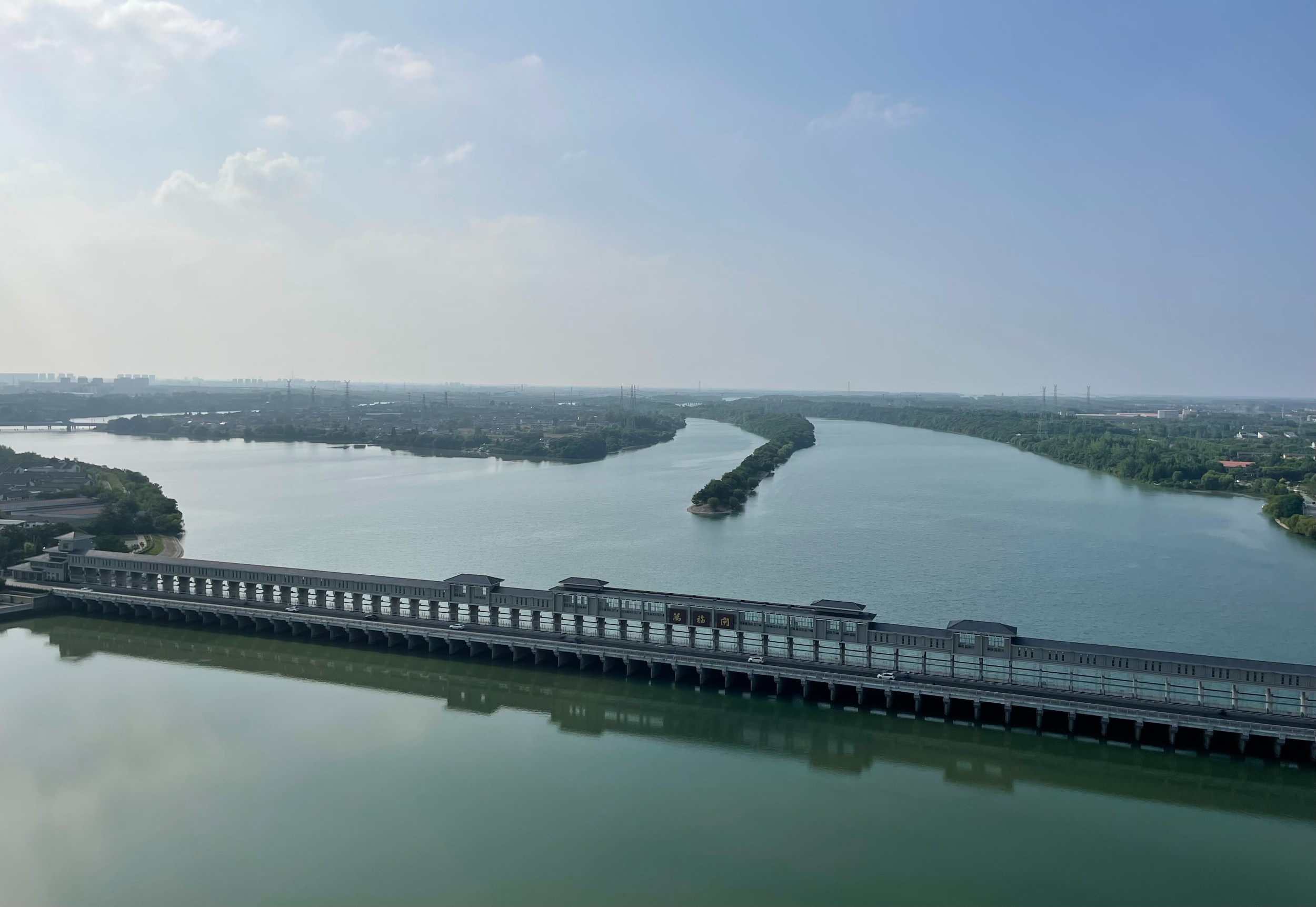
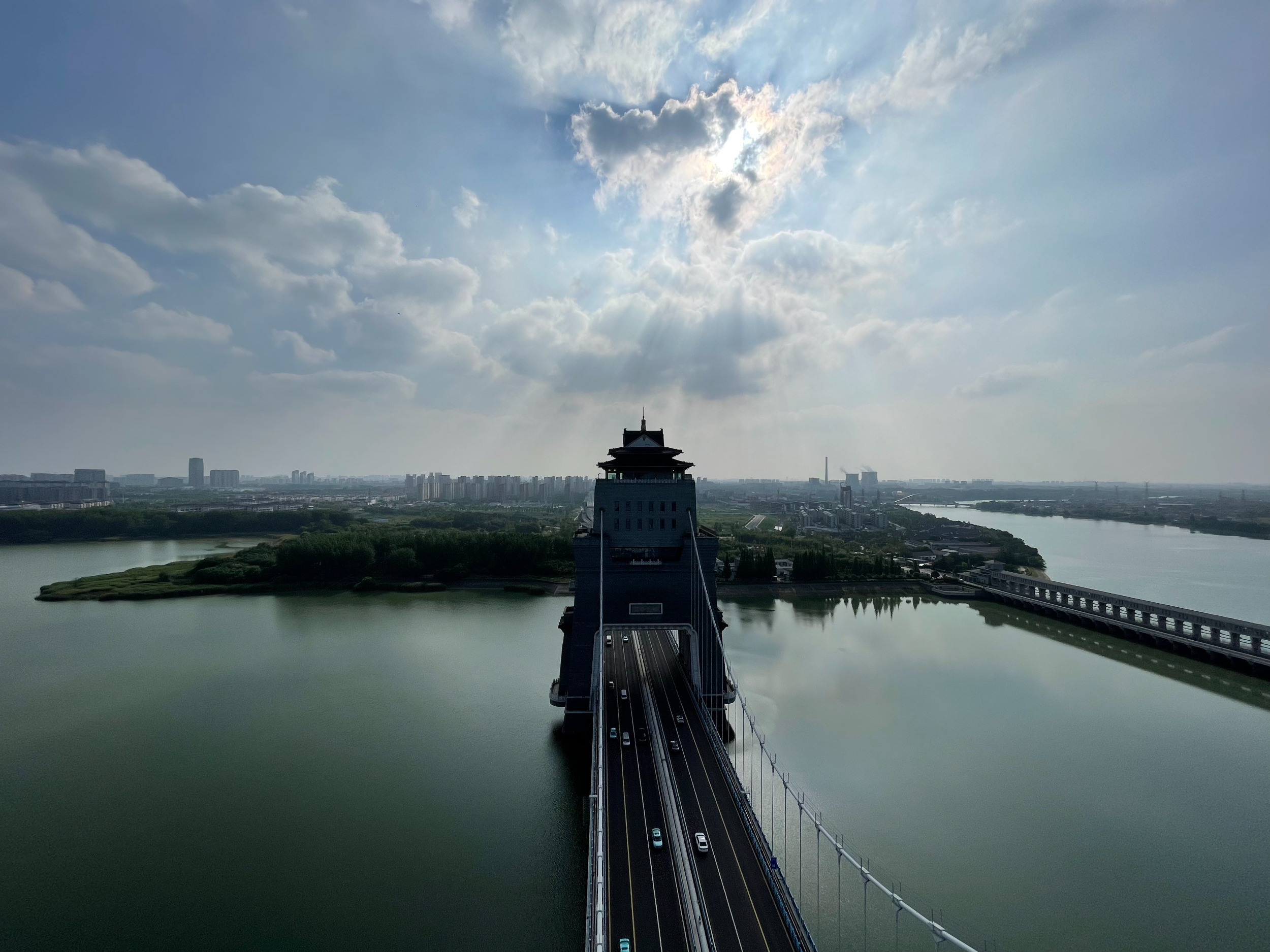
He introduced that Yangzhou City has compiled and issued five evaluation benchmarks including the "Baseline Indicators for Clean Plastic City of Yangzhou City", and has implemented a total of 10 waste plastic recycling projects, recycling more than 200,000 tons of waste plastic annually. The three towns of Beizhou are used as pilot areas, taking garbage classification as the entry point, guiding citizens to practice the concepts of "clean plastic" and "low-carbon" life, and making every effort to build a "clean plastic comprehensive demonstration zone". At the same time, we actively promote the classification of domestic waste, promote the standardization, clean purification and recycling of recyclables in express packaging waste, vigorously implement fine sorting and resource utilization, and successively build 9 sanitation complexes with plastic waste storage and sorting functions.
As a city at the intersection of the Millennium Grand Canal and the Thousand Miles of Yangtze River, how to further promote the construction of "waste-free cities" and "waste-free canals"?
In the next step, Yangzhou will focus on the following three aspects: exchanges and interactions with other canal cities in the province, linkage upstream and downstream, promote the construction of "waste-free canals", and establish a "community" for the construction of "waste-free canals"; formulate "waste-free canals" annually."Construction issue list, task list, and project list, systematically promote the implementation of various tasks, and form a" one map "for the construction of" waste-free canals "; Further summarize and condense existing typical practices, deeply explore more innovative measures, form typical cases that can be replicated and promoted, and create a "new benchmark" for the construction of "waste-free canals".







